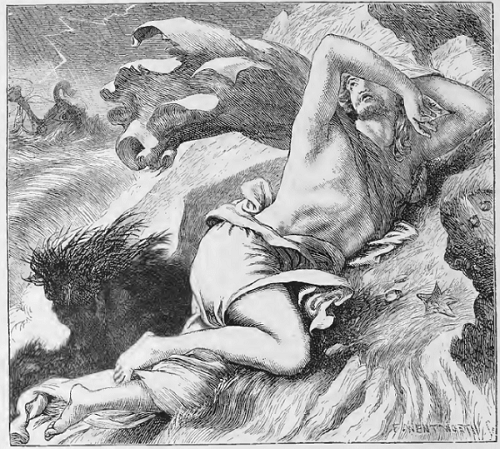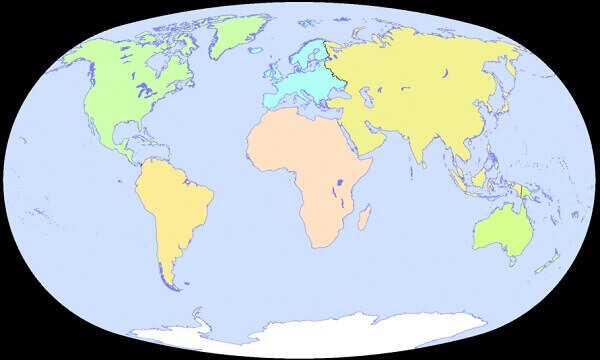Activity 1: Recite the Story Information
- Before and after reading or listening to the story, recite aloud the title and author of the play.
Activity 2: Narrate the Story
- After reading or listening to the story, narrate the events aloud in your own words.
Activity 3: See the Playwright and Poet William Shakespeare
- Study the controversial 'Cobbe portrait' below, which may be a real-life portrait of Shakespeare.
- The portrait contains the Latin phrase 'Principum amicitias!' which means 'The alliances of princes!'
Activity 4: Map the Play
The play, 'Pericles,' is set in many Mediterranean countries. Find the countries of the cities mentioned in Pericles:
- Antioch (Antakya), Tarsus, and Ephesus (Ephasis) Turkey
- Tyre, Lebanon
- Pentapolis (Cyrenaica), Libya
- Mitylene (Mytilene), Greece
- Point to the location of the Mediterranean Sea on the map of the world.
Activity 5: Can You Find It?
During the week, zoom in to study the illustration, 'Pericles Act III Scene II,' by H. C. Selous. Find the following:
- Chest that Washed Ashore
- City of Ephesus
- Thaisa
- Garland
- Servants of Lord Cerimon
Activity 6: Build the Sets

- Color, cut out, and laminate the set items on pages 39-42 of 'Fourth Grade Shakespeare Theater Pages.'
- Practice arranging the scenes in your theater.
Activity 7: Study the Order of Events

- Print and cut out Group A of events on page 43 of 'Fourth Grade Shakespeare Theater Pages.'
- Using what you know from reading the story, arrange the events in the correct order.
- Glue the group of ordered events to a piece of construction paper.
- Repeat for groups B-C on pages 44-45 of 'Fourth Grade Shakespeare Theater Pages.'
- Keep these event orderings for the next activity.
Activity 8: Act Out the Events
- Use the event orderings from the prior activity, the theater, the laminated characters, and the sets, to act out each group of events.
- The instructor reads aloud events from group A.
- Children build the appropriate set, add necessary characters, and act out the event, moving the characters and inventing their own dialog.
- Repeat for groups B-C.
 Beautiful Stories from Shakespeare II
Stories from Shakespeare II
Beautiful Stories from Shakespeare II
Stories from Shakespeare II



 Beautiful Stories from Shakespeare II
Stories from Shakespeare II
Beautiful Stories from Shakespeare II
Stories from Shakespeare II





